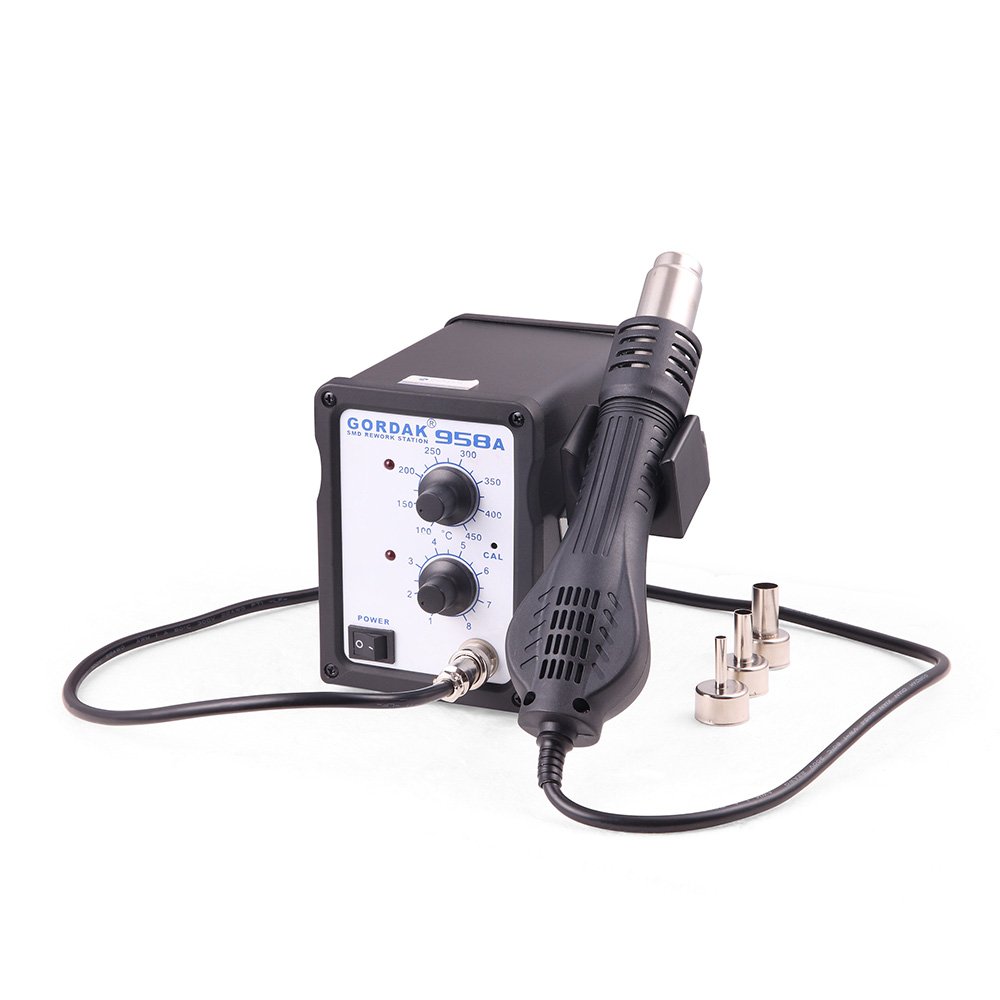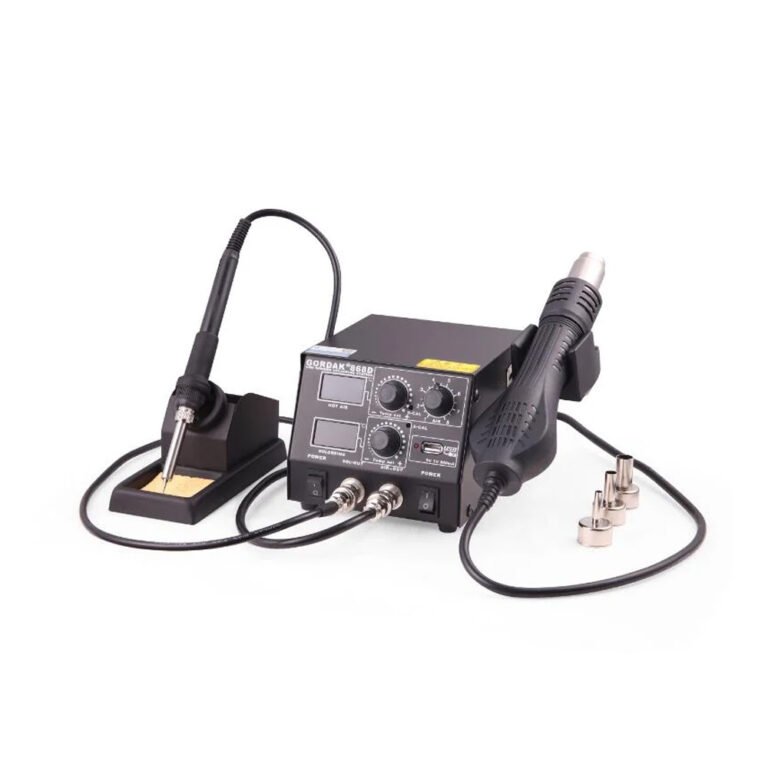在电子产品维修中,精度就是一切,尤其是在处理紧凑型电路板上的热敏元件时。为了达到可靠和一致的效果,热风返修站必须提供 稳定的温度控制.这种性能背后最重要的技术之一是 PID 控制器.
在 戈尔达克电气公司我们的热风返修站集成了先进的 PID(比例-积分-微分)温度控制系统,以确保每次维修的安全性、稳定性和准确性。在本文中,我们将解释什么是 PID 控制器、它是如何工作的,以及为什么它对专业焊接和拆焊至关重要。

什么是 PID 控制器?
A PID 控制器 是一种智能反馈系统,可持续监测和调节温度输出。它采用三种控制策略:
- 比例 (P): 对当前温度误差(设定值与实际温度之间的差值)做出反应
- 积分 (I): 补偿过去的误差,消除稳态偏移
- 衍生物 (D): 根据当前的变化率预测未来的误差,有助于防止超调
这三个组成部分共同使系统能够 快速达到并保持目标温度 波动极小。
热风返修中的 PID 控制为何重要
如果没有 PID,热风返修站可能会出现以下问题:
- 温度响应慢
- 目标过高或过低
- 供热不稳定
- 增加损坏部件的风险
使用 PID 技术,加热元件可自动调节输出,以保持在一定的温度范围内。 稳定、精确的温度即使气流发生变化或外部条件发生波动,也能保持稳定。
PID 控制返修站的主要优势
1. 提高温度稳定性
PID 控制可保持精确的温度,将偏差降至最低,这在处理 IC、BGA 芯片或细间距 SMD 等热敏元件时至关重要。
2. 更快的加热和恢复时间
该系统可快速将喷嘴加热到所需温度,并在热负荷变化后迅速恢复,从而缩短维修时间。
3. 增强流程一致性
技术人员可在多次维修或批次中获得可重复的结果,是生产线和专业车间的理想选择。
4. 组件安全
避免热冲击和过热,否则会导致 PCB 脱层或焊点故障。
5. 延长设备寿命
高效的控制可减少对加热元件和风扇的压力,从而延长设备的使用寿命,减少维修次数。
Gordak 如何集成 PID 技术
Gordak 的数字式热风返修站配备有精密的 PID 控制器,可实现以下功能
- 实时监控喷嘴温度
- 根据环境变化动态调整热量输出
- 启用智能冷却和待机模式,运行更安全
- 支持用户自定义高级返修配置文件的设置
这不仅确保了可靠性,还为在快节奏环境中工作的技术人员提供了安全和便利。

结论
PID 控制器是 Gordak 返修工作站具有如此高的精度和可靠性的关键原因。通过保持稳定的热量、防止过冲和实时调整,PID 控制可以帮助用户更快、更安全地工作,是专业电子维修的必备功能。
如需了解有关 Gordak 配备 PID 的返修站的更多信息,或要求针对您的特定应用提供建议,请联系我们:
电子邮件: info@gordakelec.com



